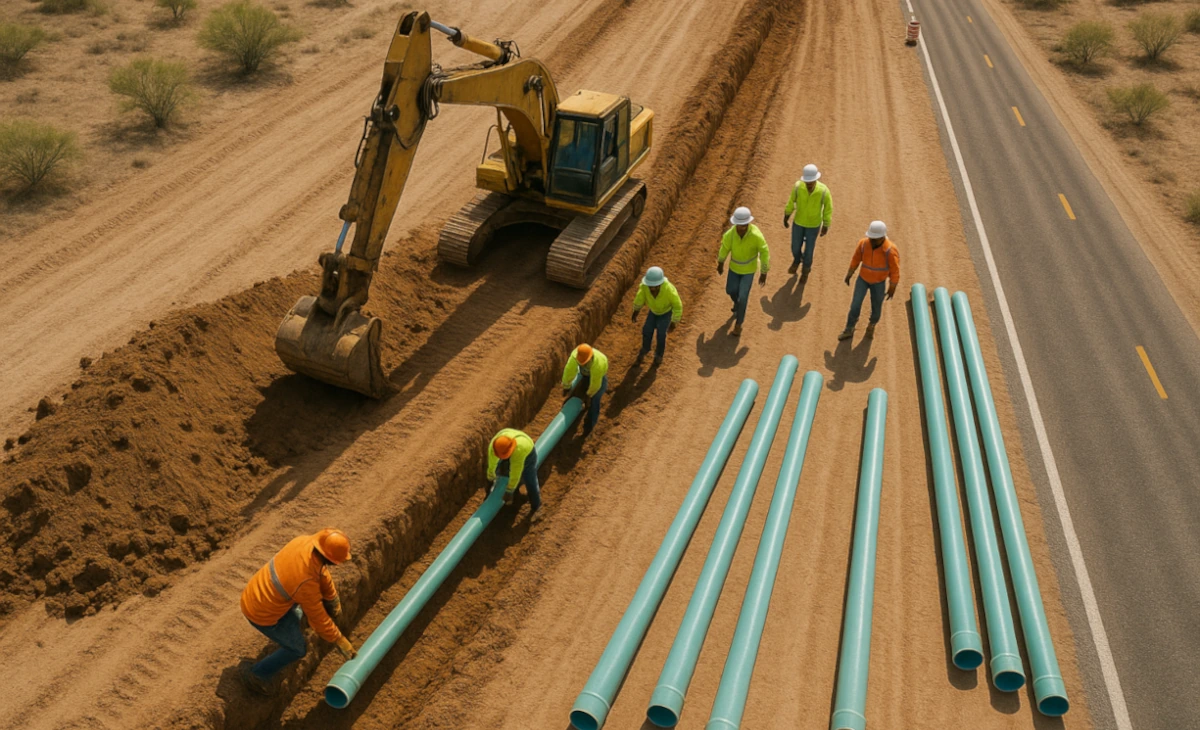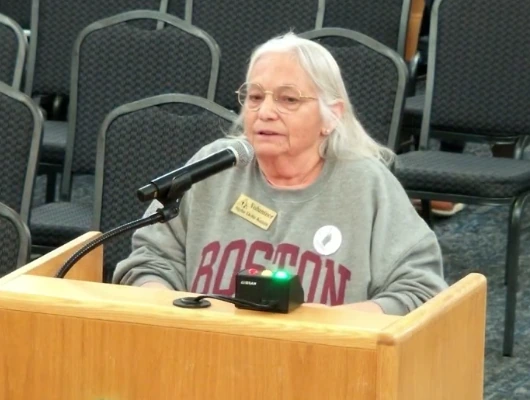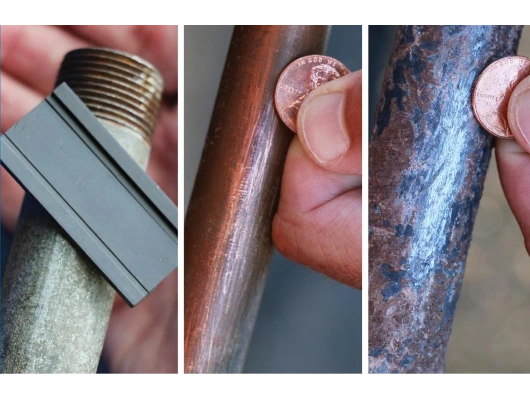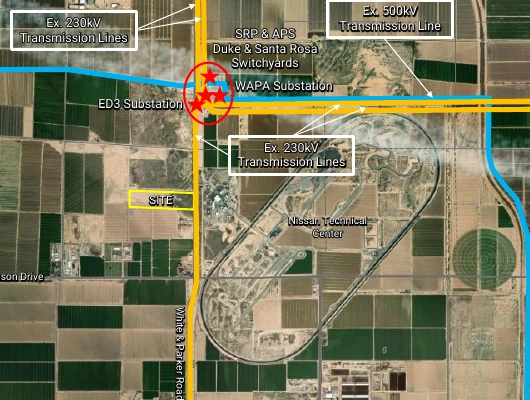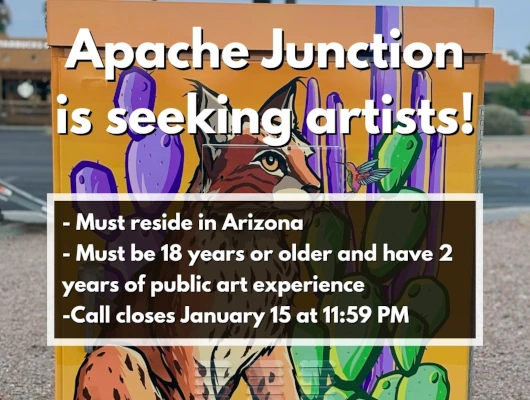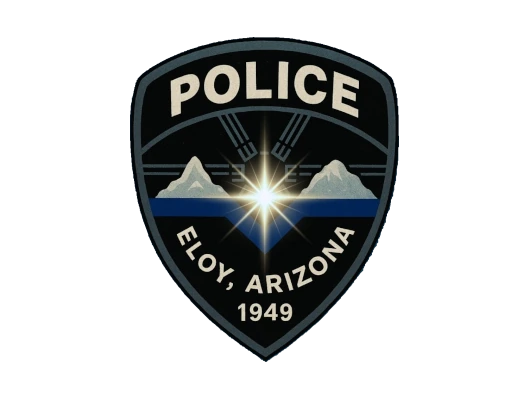City Manager gains authority to negotiate property deals for 34 capital projects
The Casa Grande City Council gave first reading approval to Ordinance 3475 on July 21, 2025, granting City Manager authority to acquire rights-of-way and easements for infrastructure projects without requiring individual council approval for each transaction. The ordinance is scheduled for second reading and adoption on August 4, 2025.
Before and After Ordinance 3475 – City of Casa Grande
| Action | Before Ordinance 3475 | After Ordinance 3475 |
|---|---|---|
| Voluntary property acquisition (purchase/dedication) | Required City Council approval per parcel | City Manager can approve for listed capital improvement projects without separate council vote |
| Condemnation (eminent domain) | Requires separate Council vote and court process | Still requires Council vote and legal process |
| Project efficiency | Slower, with repeated Council actions | Faster execution of priority infrastructure projects |
The Ordinance
The ordinance authorizes the City Manager to voluntarily acquire property through dedication, agreement, or purchase for 34 specific capital improvement projects listed in the city’s fiscal year 2026 budget, including water infrastructure improvements, road widening, traffic signals, lift stations, and intersection upgrades. The ordinance explicitly excludes condemnation authority, which still requires separate council approval.
Staff recommended that the Mayor and City Council authorize the City Manager to direct staff to work with the City’s existing contracted engineering and real estate consultants to develop the right-of-way, easements, and land needs required for new roadway, water, and wastewater infrastructure.
The 34 Projects
The ordinance covers the following specific infrastructure projects:
- Water Infrastructure Project – Overfield and Cottonwood Lane – Project #26137
- Fifth Street / Peart Road Improvements – Project #25011
- McCartney Road Improvements – I-10 – Pinal Avenue – Project #23018
- Lift Stations for West Area (Dual Kortsen Lift Stations) – Project #25021
- Thornton Road – Peters to Hwy 84 – Project #25024
- Thornton Road – Highway 84 – Cottonwood Lane – Project #25026
- Turn Lane Installation – Arizola Road at Florence Boulevard – Project #25029
- Jimmie Kerr / Trekell INTXN & Railroad Crossing Improvement – Project #25030
- Trekell Road and Florence Boulevard Intersection Improvements – Project #26074
- Peters Road Widening – Project #24040
- Drainage Barriers On Florence Boulevard – Project #26076
- Traffic Signal – Pinal Avenue and O’Neil Drive – Project #26079
- Florence Boulevard / Brown Avenue Crosswalk Upgrades and Pedestrian Island – Project #26080
- Kortsen Road Scalloped Streets Buildout – Project #26083
- ADA Retrofit Project – Project #26133
- Traffic Signal – Florence Boulevard and Hacienda Road – Project #26135
- Improve Cottonwood Lane & Thornton Intersection – Project #25035
- Thornton Road Railroad Crossing – Project #25040
- Colorado Street and Florence Boulevard Raised Median Improvements – Project #25041
- Peart Road and Florence Boulevard Intersection Improvements – Project #25042
- Traffic Signal – Pueblo and Cottonwood Lane – Project #26087
- Trekell Road – McCartney Road to Kortsen Sanitary Sewer – Project #25082
- Roundabout – Ash Avenue & Florence Street – Project 23007
- Traffic Signal – Casa Grande-Maricopa Highway and Ethington – Project #26088
- Maricopa-Casa Grande Highway Widening Analysis and Pavement Study – Project #26089
- Central City Pavement Reconstruction – Project #25013
- City Wide Left Turn Lengthen Analysis & Improvements – Project #25059
- Colorado through O’Neil – O’Neil to Peart Road – Project #26096
- Kortsen Road Expansion to Four with Center Turn Lane from Peart to Colorado – Project #26095
- Traffic Signal at Mission Parkway and Cottonwood Lane – Project #26136
- Traffic Signal at Centennial Blvd & Pinal Avenue – Project #24064
- Jimmie Kerr and Trekell Intersection & Railroad Crossing Improvements Design and
Construction – Project #26073 - Florence Boulevard and Henness Road Intersection Improvements – Project #26094
- Peters Road Sanitary Sewer – Construction – Project #25083
Process Changes
Previously, city staff needed council approval for each individual property acquisition, creating delays in project timelines. Under the new ordinance, the City Manager can negotiate and execute property deals independently, provided they remain within approved project budgets.
Louis emphasized the ordinance’s limitations: “This authorization does not include the authority to do any condemnations of property. So this is only when it’s cooperatively given to us or that we negotiate a purchase agreement.”
The director explained how the streamlined process will benefit project delivery: “This is something that we have done in the past on several projects,” Louis said. “It really does save us a lot of time not to have to come back to council for little improvements like that.”
Workload Considerations
The ordinance addresses a substantial infrastructure agenda. Louis presented council members with a list of 34 projects requiring potential property acquisitions, describing the scope as significant.
“This is why I don’t sleep at night,” Louis said about the project list. “That’s a lot of projects that we’ve got in the pipeline. A lot of areas that we have to come back to council, that slows us down. You can imagine if there’s one on each of these projects just how much extra time that adds.”
Mayor Lisa Navarro Fitzgibbons acknowledged the workload implications: “When you look at this list, we know you guys are gonna be busy.”
Cooperation and Negotiations
When Mayor Fitzgibbons asked about typical property owner cooperation rates, Louis indicated the city maintains a positive track record with landowners.
“I think we’ve got a pretty good track record. I really couldn’t tell you the percentage,” Louis said. “There’s a lot of times where our projects will need a construction easement. Where somebody needs to store their equipment during a project. Obviously, we’re gonna pay for that. We’re impacting somebody’s property for a period of time. We’re gonna compensate them for that.”
He added that the process has proven effective in past projects, including the west area wastewater projects: “This process has helped us really speed things up in the past. And we just appreciate having that authority to move forward. And then when it does need to come back to council, we bring it back.”
Legal Framework
Condemnation proceedings are rare in Casa Grande, with cities typically relying on voluntary cooperation and negotiated agreements with property owners. As Louis noted during the meeting, Casa Grande maintains “a pretty good track record” with property owners and regularly compensates landowners for temporary construction easements and other impacts to their property.
If the rare situation arises where the city must use eminent domain, Arizona law provides clear protections for property owners. The state allows cities to take private property only for genuine public uses like roads and infrastructure projects, not for economic development purposes.
Before any condemnation can proceed, cities must provide property owners with a written purchase offer and professional appraisal at least 20 days in advance. For certain utility projects, voter approval is also required.
These legal safeguards ensure property owners have notice, fair compensation, and multiple layers of protection against misuse of eminent domain powers.
Condemnation History
Public records show limited condemnation activity in Pinal County and Casa Grande in recent years:
1. Pinal County v. Paul & Sarah Schwennesen
- Year: 2010
- Jurisdiction: U.S. District Court, District of Arizona
- Type: Land ownership dispute over public road access
- Summary: Pinal County sought to confirm its authority to maintain public access on San Pedro Road crossing the San Pedro River, despite a federal conservation easement. The dispute arose when property owners Jean and Eric Schwennesen granted a conservation easement in 1996, which was later transferred to the Bureau of Land Management, creating competing claims with the county’s 1994 highway easement.
- Outcome: Court ruled in favor of Pinal County, finding the highway easement was never properly terminated and took priority over the conservation easement, allowing continued public road access.
- Source: CourtHouseNews.com, govinfo.gov
2. Town of Florence v. Curis Resources
- Year: 2013
- Jurisdiction: Town of Florence (Pinal County)
- Type: Attempted condemnation
- Summary: Florence attempted to condemn 1,187 acres owned by Curis Resources to eliminate alleged mining rights on residentially zoned land. Curis claimed damages up to $403 million. After years of litigation, courts ruled the mining company had vested rights under a 2003 development agreement.
- Outcome: Florence’s eminent domain failed completely – the town was ordered to pay $1.7 million in legal fees, and the mine is nearly complete.
- Source: florence.gov, mining.com
3. City of Casa Grande v. Arizona Water Company
- Year: 1999–2001
- Jurisdiction: City of Casa Grande
- Type: Attempted condemnation
- Summary: The City passed an ordinance to condemn infrastructure from Arizona Water Company in an effort to take over municipal water service.
- Outcome: The Arizona Court of Appeals dismissed the case, ruling that the City failed to hold a required voter election under A.R.S. § 9‑514.
- Source: FindLaw Court Opinion.
This short list demonstrates how rare condemnation proceedings are in the area. The list includes only publicly documented condemnation actions found through court rulings, legal databases, and media sources. It is possible that additional cases exist offline in local court archives or paper-only records, particularly for older or small-scale takings that were never litigated or were resolved quietly.
Future Implementation
Council Member Sean Dugan expressed support for the ordinance during the meeting discussion: “I just like that you’re speeding things up. This is a really good idea, so I’m all for it.”
The ordinance passed first reading on July 21 and is scheduled for second reading and final adoption on August 4, 2025. Once adopted, the ordinance will allow the City Manager to negotiate voluntary property acquisitions within approved fiscal year 2026 project budgets for the 34 listed infrastructure projects. Any requests for additional funding beyond those approved budgets must return to the council for approval. Staff will then proceed with identifying and negotiating the necessary property acquisitions to advance these capital projects.
